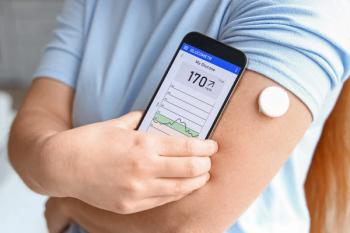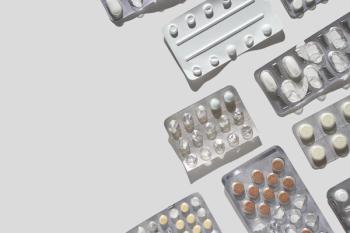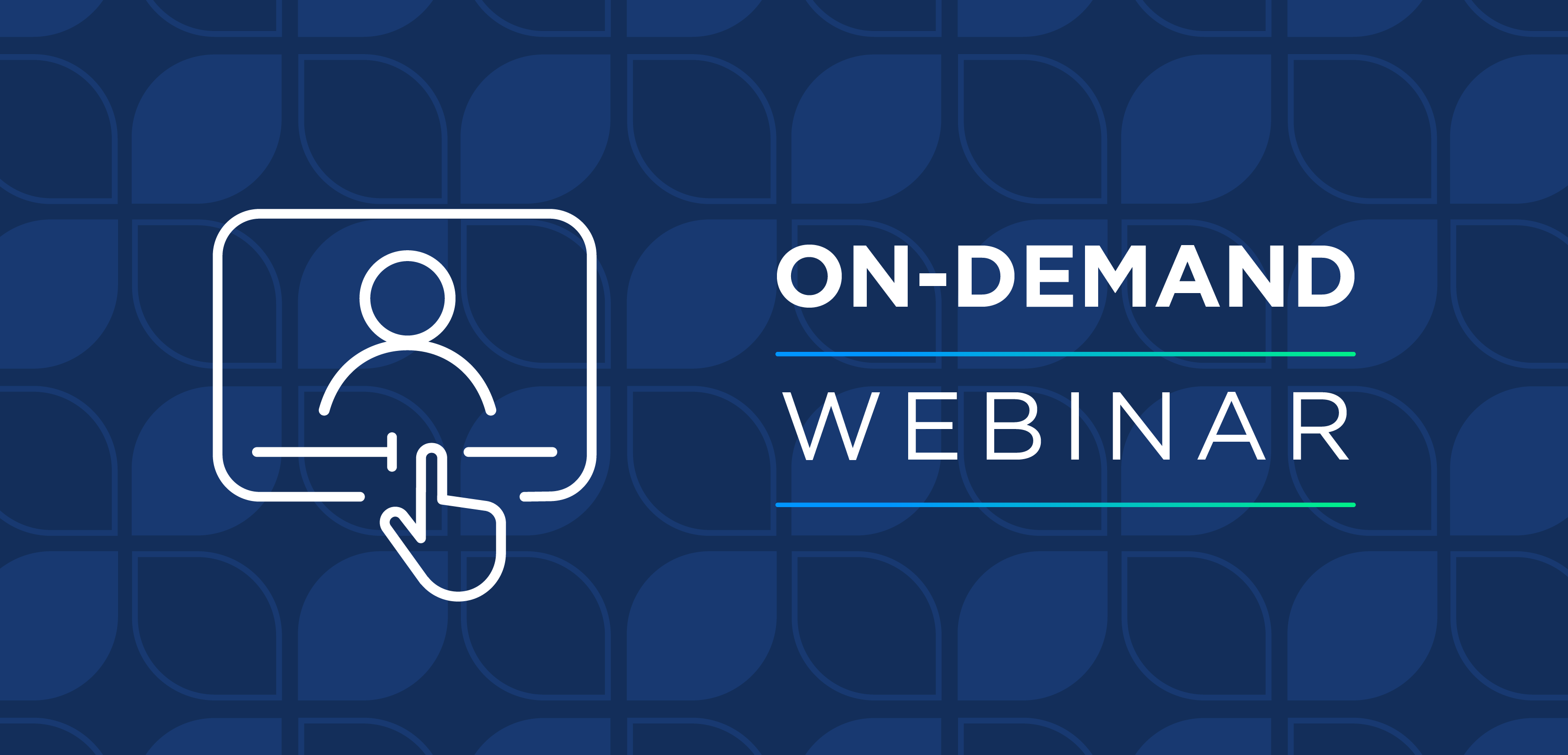
CGMs Can Reduce Nocturnal, Daytime Hypoglycemia for Patients With Type 1 Diabetes
Investigators also found that nocturnal hypoglycemia is a strong predictor of daytime hypoglycemia.
Continuous glucose monitoring (CGMs) can reduce nocturnal and daytime hypoglycemia for patients with type 1 diabetes, according to results of a study published in Diabetes Research and Clinical Practice.1
Nocturnal hypoglycemia can affect individuals who skip meals, particularly dinner; exercise before bedtime; drink alcohol; and have an infection, as well as patients who take neutral protamine Hagedorn insulin at dinner, which becomes most effective 6 to 8 hours after administration. It can occur when an individual’s blood glucose falls below 70 mg/dl when sleeping, and Johns Hopkins Medicine states that almost half of all episodes, and more than half of all severe episodes, occur during sleep.2
Symptoms of nocturnal hypoglycemia can include restless sleep, hot and sweaty skin, trembling or shaking, changes in breathing, nightmares, and a racing heartbeat. It is particularly concerning when patients sleep through the symptoms and do not notice them. Emergency glucagon kits can be prescribed, which contain a fast-acting injectable medication that can be used if the patient does not wake up.2
In a study (
There were 141 patients included in the study, with 66 receiving the usual care and 75 receiving care with a CGM. The mean baseline hemoglobin A1c was 58.5 mmol/mol for both groups, and approximately 90% or more of individuals used insulin analogs. For those using CGMS, the average wear time was 90.7% of the study days. For 4 weeks, all participants wore a masked CGM. The group allocation did not have an effect on daytime or nighttime hypoglycemia, but exposure was higher during the night.1
Investigators found that the prevalence of nocturnal hypoglycemia compared to daytime changed during the intervention. They reported that the glucose values lower than 3.0 mmol/L were 2.6 percentage points higher in the control group compared with the CGM group. For patients with percentages lower than 3.9 mmol/L, there were 3.0 percentage points more nocturnal events than day events in the control group compared with 0.5 points in the CGM group. The length of time for night events of less than 3.0 mmol/L compared to day events was also shorter for the CGM group at 3 minutes compared with 45.1 minutes in the control group.1
For all individuals, nocturnal hypoglycemia was a predictor for daytime hypoglycemia compared with the reverse. However, the study authors stated that group treatment “had a significant effect on the prediction of daytime hypoglycaemia by nocturnal hypoglycaemia (% <3.9 mmol/L: β = −0.28, p < 0.001; % <3.0 mmol/L: β = −0.30, p < 0.001).” For those in the control group, nocturnal hypoglycemia was a strong predictor of daytime hypoglycemia on the same day, but for the CGM group, the difference was almost nonexistent.1
“The use of CGM systems significantly reduced both nocturnal and daytime hypoglycaemia, particularly in the duration and percentage of time spent in the low glucose range at night. CGM users also showed a smaller difference between nocturnal and daytime hypoglycaemia, demonstrating its ability to balance the effects of hypoglycaemic glucose exposure,” the investigators said.1 “This compensatory effect may reflect the impact of the real-time glucose feedback and alarms provided by CGM systems, which help users to identify and treat nocturnal hypoglycaemia earlier and prevent subsequent reactive insulin mismanagement that can trigger daytime hypoglycaemia.”
READ MORE:
Ready to impress your pharmacy colleagues with the latest drug information, industry trends, and patient care tips? Sign up today for our
REFERENCES
1. Hermanns N, Heinemann L, Kulzer B, Schäfer A, Jacobsen M, Ehrmann D. Continuous glucose monitoring as equinox of nocturnal and daytime hypoglycaemia in type 1 diabetes: insights from the randomized controlled HypoDE trial. Diabetes Res Clin Pract. Published online May 8, 2025. doi:10.1016/j.diabres.2025.112228
2. Johns Hopkins Medicine. Hypoglycemia: Nocturnal. Accessed May 13, 2025. https://www.hopkinsmedicine.org/health/conditions-and-diseases/diabetes/hypoglycemia-nocturnal
3. Real-Time Continuous Glucose Monitoring (RT-CGM) in Patients With Type 1 Diabetes at High Risk for Low Glucose Values Using Multiple Daily Injections (MDI) in Germany (HYPODE-STUDY). ClinicalTrials.gov identification: NCT02671968. Updated March 12, 2018. Accessed May 13, 2025. https://clinicaltrials.gov/study/NCT02671968
Newsletter
Pharmacy practice is always changing. Stay ahead of the curve with the Drug Topics newsletter and get the latest drug information, industry trends, and patient care tips.




































































































































